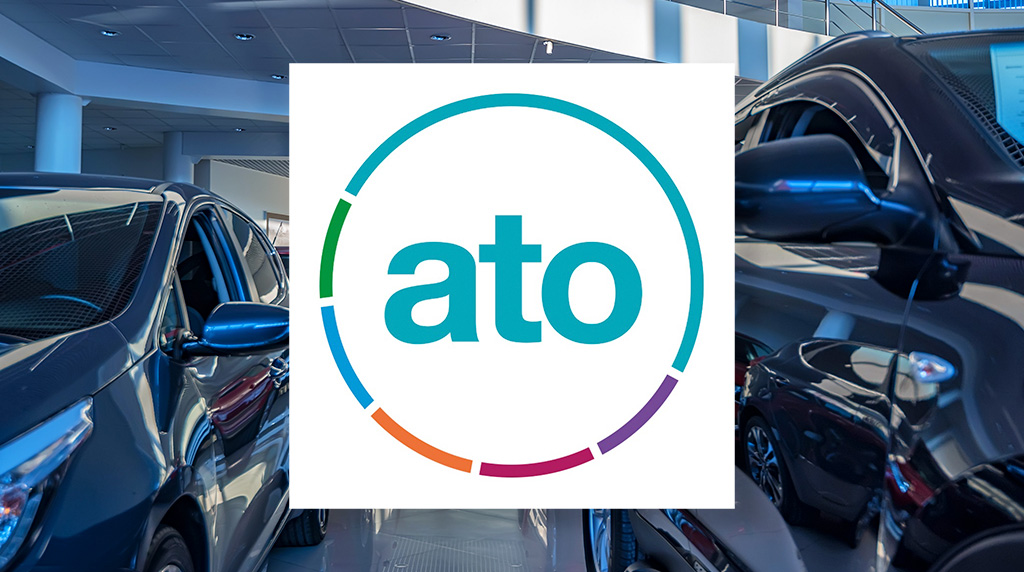THE approaching 2022 financial year end (FYE) brings with it significant changes for dealer groups and their owners with the removal of many previously accepted concessions in both tax and accounting disclosure requirements.
Dealer groups need to prepare for these five impacts. We cover the first two this week and the remaining three next week.
Impact #1 – Dealers are yet again facing an end of financial year double whammy regarding income tax, similar to FY21.
Impact #2 – Can I still prepare Special Purpose Financial Statements (SPFS)?
Impact #3 – Do I now need an audit?
Impact #4 – ATO to treat new Unpaid Present Entitlements as Loans from 1 July 2022
Impact #5 – Parliament introduces legislation to extend the Loss Carry Back Measures to the 2022-23 Income Year
So here goes:
Impact #1 – Dealers are yet again facing an end of financial year double whammy regarding income tax, similar to FY21.
Poor tax planning will result in a large tax bill!
This is a result of the extraordinary trading conditions from shortages of stock which are leading to higher profits. While this is a good problem to have, the reversal of tax deferrals driven primarily by significantly reduced stock levels that has combined with higher stock valuations will potentially result in an unwelcome impact on income tax due for dealer groups again in FY22.
We expect the trading conditions in FY21 and FY22 to have a significant uplift in taxable income due to overall higher profits achieved by dealers.
The best way to illustrate the impact is by looking at an example.
A typical dealer group with turnover of $200 million in FY20 (with profit of 0.5 per cent of sales) would have a profit of $1 million but with a total movement in tax deferrals would have a taxable income of $950,000.
For FY21 the same turnover of $200 million and a profit at 4 per cent of sales would see a profit of $8 million. But, due to the extraordinary stock shortages and sky-high valuations, movement in used, demo and other deferrals would be $1.278 million making a taxable income of $9.260 million with tax at 30 per cent coming to $2.152 million – roughly 10 times the tax for FY20.
Having experienced that in FY21, dealers are facing a similar scenario this tax year as well.
For FY 2022, impacted by lockdowns and constrained stock, with a profit of 3.5 per cent of sales on $200 million in revenue would be a $7 million profit. With total movement of tax deferrals taxable income will be $7.174 million with another tax bill of $2.152 million.
Normally, the movement in tax deferrals only slightly increases or decreases taxable income in relation to statutory (financial statements) profit.
But as you can see, an average dealer group will have a significant tax bill due for FY22 driven by increased profits and additional impacts of the reversal of deferred tax liabilities.
While lower than the impact experienced in FY21, the average dealer will pay a higher effective tax rate than the statutory rate for businesses which is 30 per cent if turnover is greater than $50m.
Paying tax is unavoidable, however proactive tax planning will ensure you don’t pay more tax than required.
The tax deferrals employed by most dealers centre around used and demonstrator vehicle valuation provisions per tax ruling IT 2648 where dealers can obtain independent valuations for used and demonstrator vehicle stock providing a tax deferral.
In a normal tax year, the provision will move up or down depending on two factors:
- The level of used and demonstrator stock at the dealership, and
- The overall values trajectory in the used vehicle wholesale market.
Based on discussions we’ve had with used vehicle valuers, they believe the average write-down in 2022 will likely be in the 5-8 per cent range (similar to 2021) versus the normal 15-25 per cent range experienced in prior years.
The reversal of these independent valuation provisions for tax purposes have had significant impacts on the income tax payable by dealers in FY21 which will continue into FY22.
This can potentially have a harmful impact on a dealer group’s cash flow once again on December 1, 2022 which is when the tax bill is due.
Assuming no tax planning is employed, dealerships may have significantly overpaid tax based upon FY22 tax instalments paid.
Dealers can vary their tax instalments to ensure they don’t overpay in their instalments waiting to get the refund. We suggest this be done in the June 22 instalment so that the dealer group can forecast their profit more confidently to ensure they don’t underpay and incur penalties.
Proactive tax planning is the solution
Income tax loss carry forwards: if there are any prior year income tax losses that can be utilised within the group, now is the time to put them to use. If you have carried-forward income tax losses locked or unutilised in your group, we can have a look at strategies to utilise these losses.
Manage your demo and used stock by doing the following:
- Putting on as many demos as possible,
- Keeping the wholesale trades in June,
- Rolling service loaners and capitalised cars,
- Avoiding deliveries with no cash (zero vehicle debtors)
Take advantage of the tax incentives such as instant asset write-off, accelerated depreciation or the temporary full expensing provisions available to the dealer group.
Other tax planning to consider
- Prepayments of expenses (this can be done for up to 12 months for entities with revenue less than $50m),
- getting honest about any potential bad debts,
- parts stock obsolescence,
- accrued expenses (definitively committed),
- remember employee bonuses are deductible when quantified and approved by the board of directors,
- review fixed asset register and write off items scrapped or destroyed,
- pay employee super by 28 June.
Impact #2 – Can I still prepare Special Purpose Financial Statements (SPFS)?
First off, let’s cover what’s changed.
New financial reporting requirements mean that for financial years commencing on or after 1 July 2021 many for-profit entities will no longer be able to prepare special purpose financial statements and must produce general purpose financial statements (GPFS).
The type of general purpose financial statements that can be produced from 1 July 2021 has also changed. Tier 1 general purpose financial reporting requirements remain the same (ie full adoption of recognition, measurement, presentation and disclosure requirements of all applicable Australian Accounting Standards. However, there are significant changes in respect of Tier 2 GPFS.
The new Tier 2 GPFS are required to comply with what is called ‘Simplified Disclosures’, which replaces the ‘Reduced Disclosure Requirements’ of Australian accounting standards. ‘Simplified Disclosures’ requires the adoption of AASB 1060 General Purpose Financial Statements – Simplified Disclosures for For-Profit and Not-for-Profit Tier 2 Entities.
Who is affected?
- Entities already preparing GPFS under the reduced disclosure regime
- Entities required to prepare financial statements under legislation, such as the Corporations Act
- Entities required to prepare financial statements in accordance with Australian Accounting Standards in any other document or agreement, such as a Trust Deed, Partnership Agreement, Loan Agreement etc.
Potential Impacts
- Full adoption of recognition and measurement requirements of Australian Accounting Standards
- The need to prepare consolidated financial statements for the first time
- Additional disclosures, including disaggregated revenue, related party and key management personnel remuneration
Next week:
Impact #3 – Do I now need an audit?
Impact #4 – ATO to treat new Unpaid Present Entitlements as Loans from 1 July 2022
Impact #5 – Parliament introduces legislation to extend the Loss Carry Back Measures to the 2022-23 Income Year
By Steve Bragg, Chris Sonego and Martin Booth
















 Read More: Related articles
Read More: Related articles

